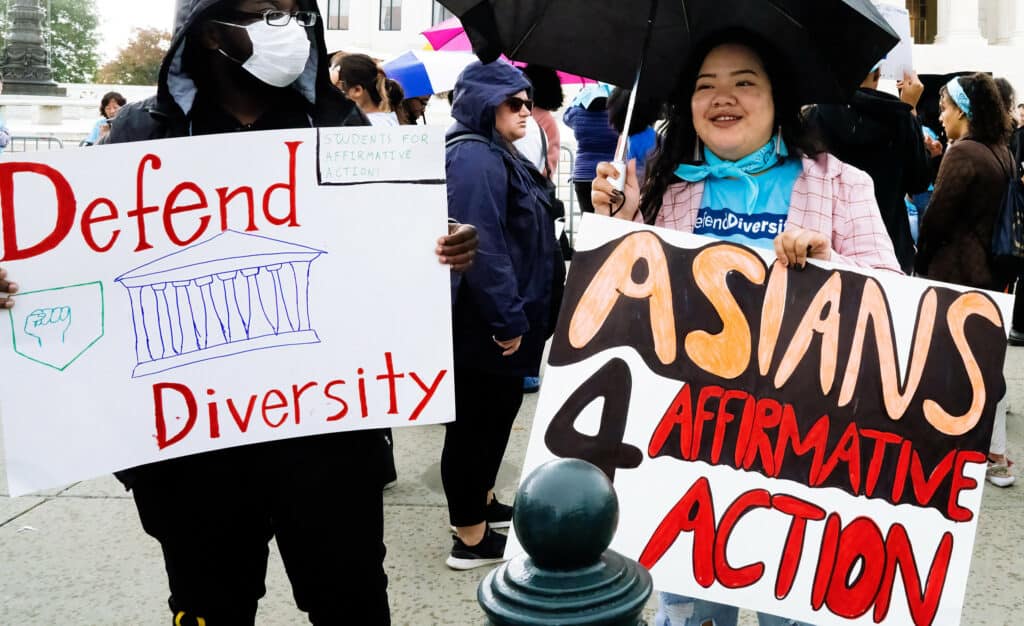
The Supreme Court’s latest attempt to mandate colorblindness amidst the reality of deep and widespread racial inequality has dealt another strong blow against affirmative action in higher education. Yet at the same time communities across the country are recognizing that racial inequality will only be addressed if policies are specifically designed to repair these divisions.
The foundation of racial economic inequality is the racial wealth divide
As I often state, the foundation of racial inequality is racial economic inequality and the foundation of racial economic inequality is the racial wealth divide. It is in these areas of economics and wealth that we clearly can see the depth of contemporary racial inequality.
In 2019, the median Black wealth stood at $9,000, Latino wealth at $14,000 and white wealth at $160,000. Significant disparities also exist in median income, with African Americans at $41,000, Native Americans at $42,000, Latinos at $51,000, whites at $71,000 and Asian Americans at $87,000.
Homeownership rates reveal a stark contrast as well, with Black and Latinx homeownership rates at 42% and 47.5% respectively, while white homeownership rates now reach a record high of nearly 73%.
Tracing the origins of affirmative action
Despite being well into the 21st century, racial inequality is deep and requires more direct intervention – not stepping away from affirmative action, a mild reform that was initiated 60 years ago. Affirmative action is defined as the practice or policy of favoring individuals belonging to groups regarded as disadvantaged or subject to discrimination.
Affirmative action traces its origins back to President John F. Kennedy’s Executive Order 10925, issued in 1961 to ensure greater employment opportunities for African Americans in government contracting. Affirmative action policies have since aimed to increase representation and opportunities for historically marginalized groups, including African Americans, Latinos, Native Americans and women.
These types of Affirmative Action programs have been successful in government – particularly as it relates to African Americans – but have yet to deliver similar gains in the private sector. In the banking industry, for example, Blacks and Latinos are still concentrated in entry level positions with only 3% and 4% representation at the executive level.
Legal challenges from conservatives have impeded the full implementation of affirmative action programs ever since they began. And those same conservatives have simultaneously firmed up structural inequalities by steering our economy in a regressive direction over the decades since Kennedy’s executive order.
By the 1980s the political economy of the US turned away from its formerly progressive direction – where lower- and middle-income Americans saw the strongest economic growth – to an economy where the wealthy hoarded economic advancement, exacerbating racial economic inequality.

